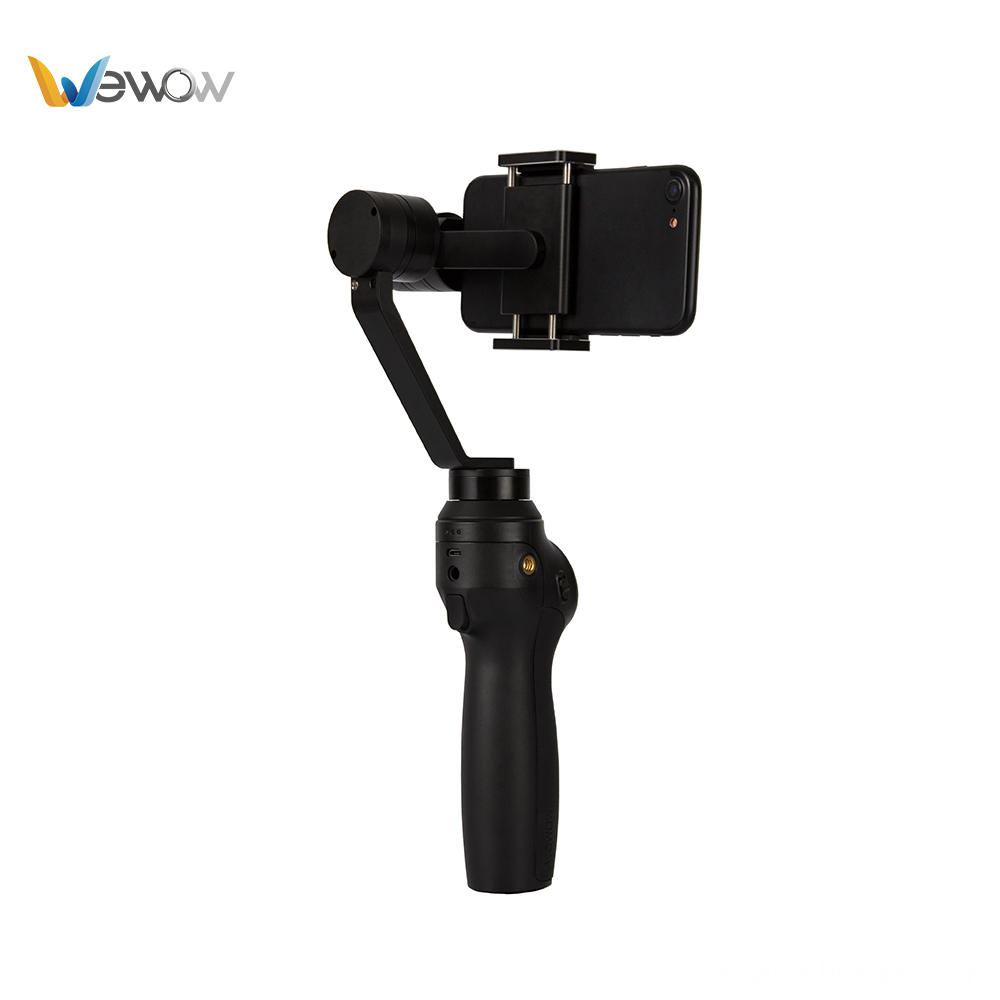High-power LED lens / reflecting cup is mainly used for collecting and guiding light of high-power LED cold light source series products. The high-power LED lens designs the light distribution curve according to the angle of the light emitted from different LEDs. By increasing the optical reflection, the light loss is reduced, and the light efficiency is improved (the set aspheric optical lens). The following focuses on the PMMA material secondary concentrating high-power LED lens.
1. Material types of LED lens
1. Silicone lens;
(1) Because silica gel has high temperature resistance (it can also be reflowed), it is often directly packaged on the LED chip;
(2) Generally, the silicone lens has a small volume and a diameter of 3-10mm;
2. PMMA lens
(1) Optical grade PMMA (polymethyl methacrylate, commonly known as: acrylic)
(2) Plastic materials, advantages: high production efficiency (can be completed by injection molding); high light transmittance (about 93% penetration rate at 3mm thickness); disadvantages: temperature resistance 70% (heat deformation temperature 90 degrees);
3. PC lens
(1) Optical grade nylon material Polycarbonate (referred to as PC) polycarbonate
(2) Plastic materials, advantages: high production efficiency (can be completed by injection molding); high temperature resistance (above 130 degrees); disadvantages: light transmittance is slightly lower (87%);
4. Glass lens
Optical glass material has the characteristics of high light transmittance (97%) and high temperature resistance. Disadvantages: fragile, aspheric surface accuracy is not easy to achieve, low production efficiency and high cost.
2. Application classification of LED lens
1. Primary lens
(1) The primary lens is directly encapsulated (or glued) on the LED chip holder and becomes a whole with the LED;
(2) The theoretical light emission of the LED chip is 360 degrees, but in fact the chip is fixed and packaged on the LED bracket, so the maximum emission angle of the chip is 180 degrees, and the chip will also have some stray light Through a single lens, you can effectively collect all the light of the chip and get the light exit angle such as 160 degrees, 140 degrees, 120 degrees, 90 degrees or even 60 degrees (different needs);
(3) Multi-purpose PMMA or silicone material is used for one lens.
2. Secondary lens
(1) The secondary lens and LED are two independent objects, but they are inseparable in application;
(2) The function of the secondary lens is to condense the high-angle light of the LED (generally 90-120 degrees) to any desired angle from 5 degrees to 80 degrees;
(3) Most secondary lens materials use PMMA or glass.

Three-axis Smartphone Stabilizer is composed of pan axis, rolling axis and tilt-axis. With a gyro-stabilized gimbal system, it keeps stabilized or steerable horizon with automatic calibration to give you an unprecedented smooth shooting experience.

Three-Axis Smartphone Stabilizer is born for video lovers. it stabilizers the video footage horizontally, without sacrificing the thrill of dynamic motion in the video.

Wewow focusing on handheld stabilizer is a technology company which does R & D independently. With Wenpod series product released, the company achieved the industry's praise and quickly became the leader of the smart stabilizer industry.
Our service
1. Reply to you within 24 hours.
2. Already sample: within 1-2days.
3. Shipping date: within 24 hours once get the payment.
4. 12 months warranty.
5. After-sales service, solve within 3 working dates.
If you have any questions, please contact with us directly.
Wewow appreciates domestic and international business relationship!
Three-axis Smartphone Stabilizer
Three-Axis Smartphone Stabilizer,3 Axis Handheld Gimbal For Smartphone,Smartphone Gimbal For Cell Phone,Three-Axis Stabilizer For Smartphone
GUANGZHOU WEWOW ELECTRONIC CO., LTD. , https://www.stabilizers.pl